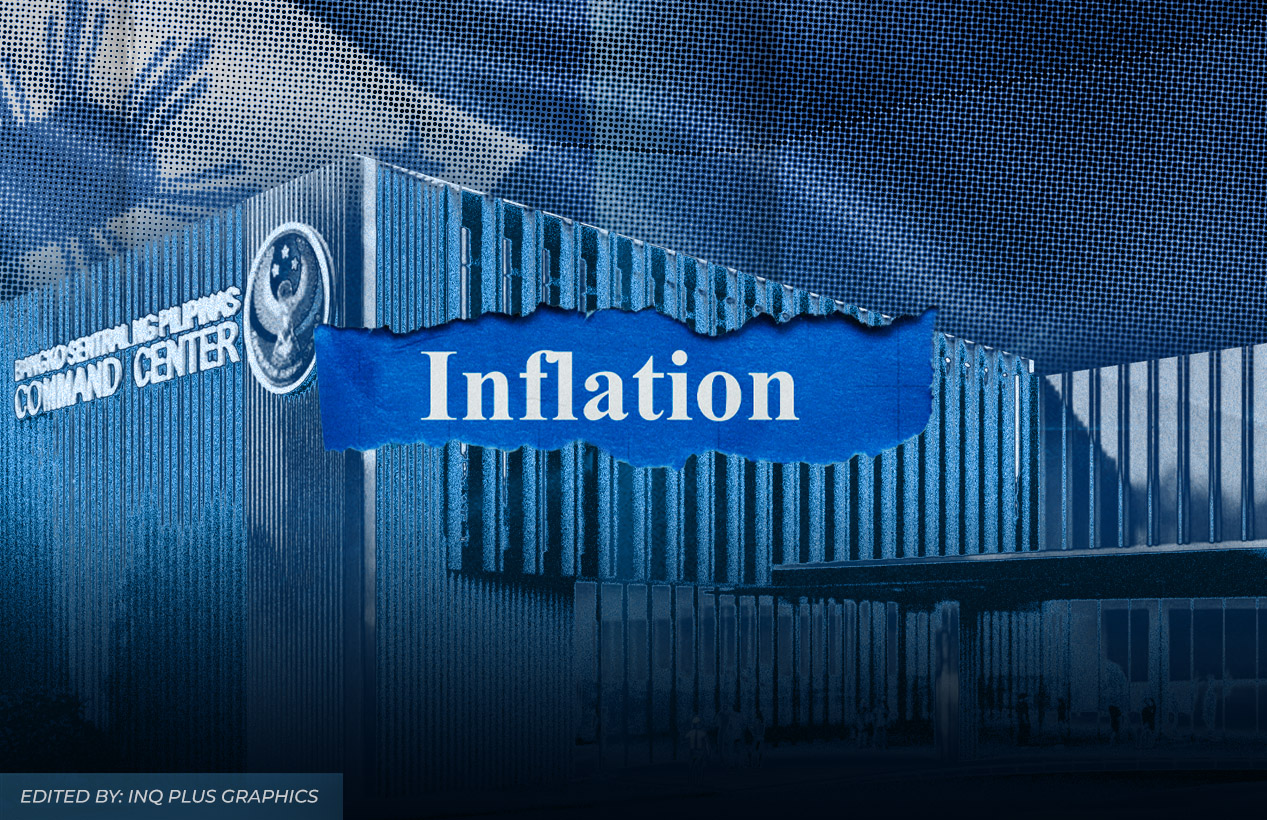BSP projects faster inflation in Oct

Inflation across the Philippines is expected to settle within the range of 1.4 percent to 2.2 percent in October amid opposing pressures, such as from a weaker peso and lower oil prices, based on central bank estimates.
Considering the midpoint of this forecast range, which is 1.8 percent, the Bangko Sentral ng Pilipinas (BSP) expects the rate of change in the prices of goods that a typical Filipino household buys to be slightly faster than September’s 1.7 percent.
“Upward price pressures for the month may stem from higher prices of rice, fish, vegetables, and electricity, as well as the depreciation of the peso,” the BSP said in a statement on Thursday.
“These pressures could be partially offset by lower prices of oil, meat, and fruits,” it added.
So far this year, from January to September, inflation averaged at 1.7 percent. This is still below the lower end of the BSP’s target range of 2 percent to 4 percent.
Aris Dacanay, HSBC’s economist focused on Southeast Asia, agreed with the BSP, saying that overall prices likely accelerated to 1.8 percent compared to levels in October 2024.
Dacanay said some inflationary pressures persisted, such as higher vegetable prices brought by the typhoons that hit the Philippines.
He noted that electricity prices also increased as the depreciation of the peso over the US dollar led to higher generation charges.
On the other hand, he said that downside price pressures also persisted mainly with rice but also with fuel.
“Global oil prices cooled in October, offsetting any inflationary impact brought by a weaker peso,” Dacanay said.
“Looking ahead, we continue to expect both core and headline inflation to remain below the center of the BSP’s target band of 3 percent as the prices of imports from China put a lid on how much inflation in Southeast Asia can rise,” he added.
The World Bank said in a report that globally, commodity prices are expected to hit a six-year low in 2026 amid an increasing glut of crude oil. However, geopolitical tensions threaten such an outlook.
The multilateral lender said prices are forecast to drop by 7 percent in both 2025 and 2026. The decline is being driven by weak global economic growth, a growing oil surplus and persistent policy uncertainty.
Indermit Gill, the World Bank’s chief economist, said falling energy prices have contributed to the decline in global consumer-price inflation.
“But this respite will not last,” Gill said. “Governments should use it to get their fiscal house in order, make economies business-ready and accelerate trade and investment.”





















